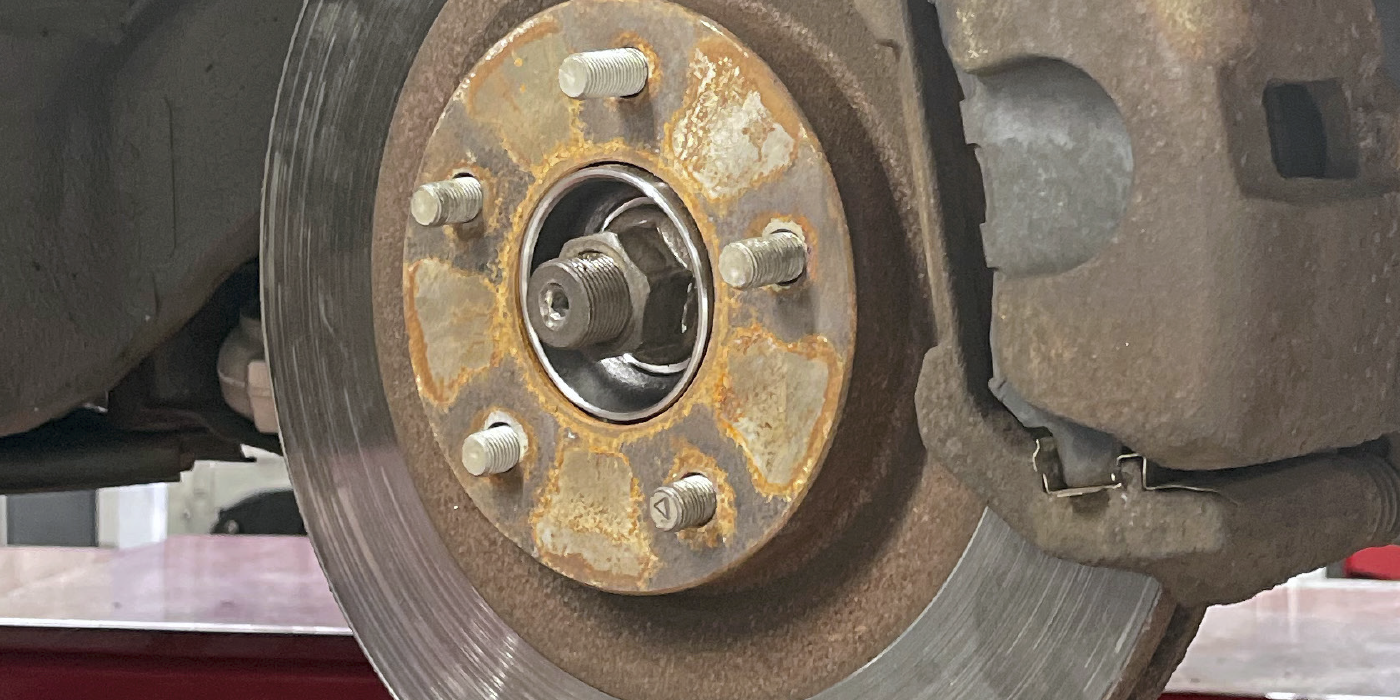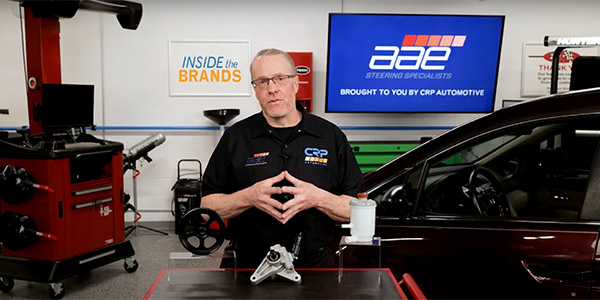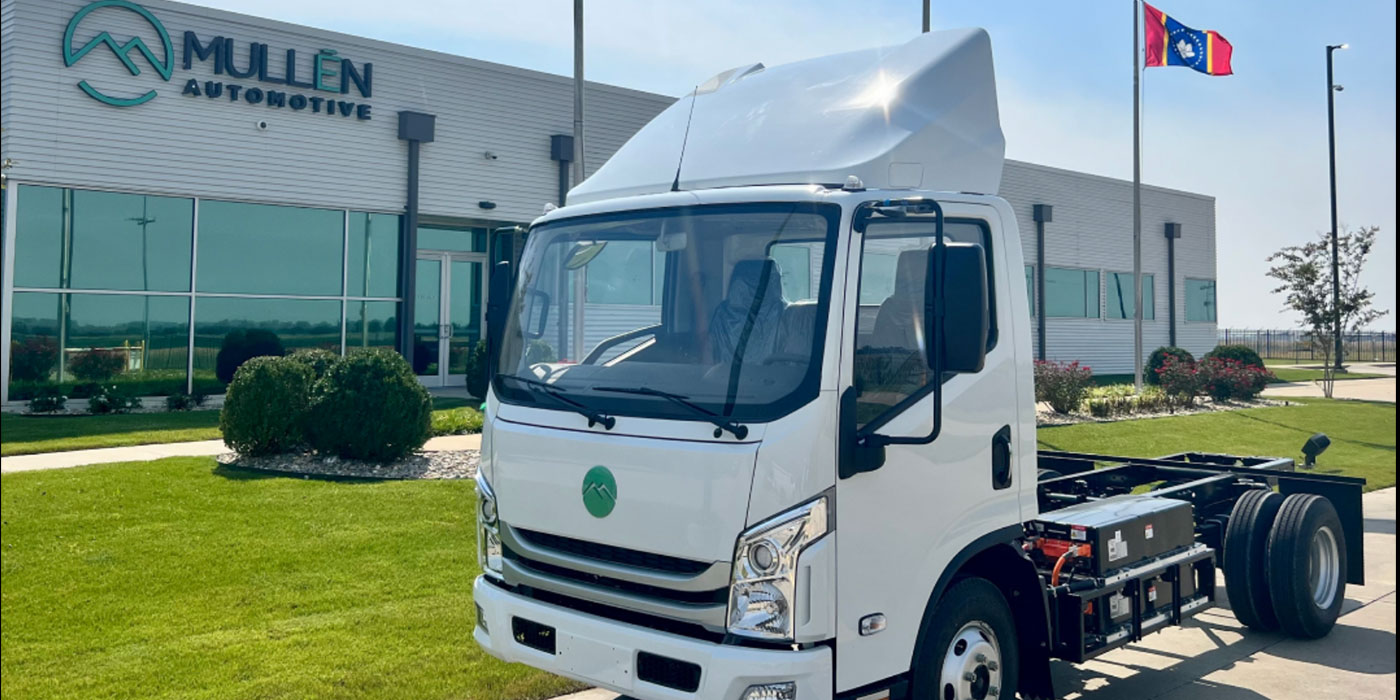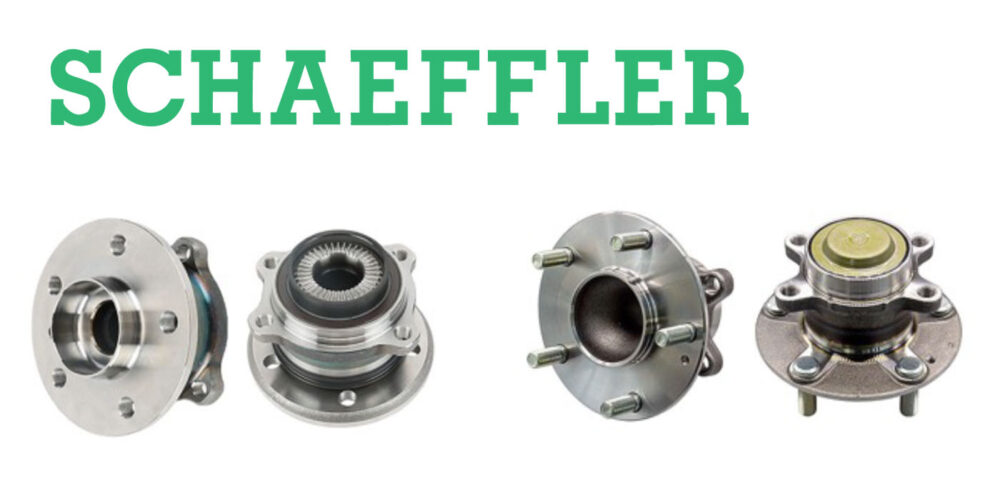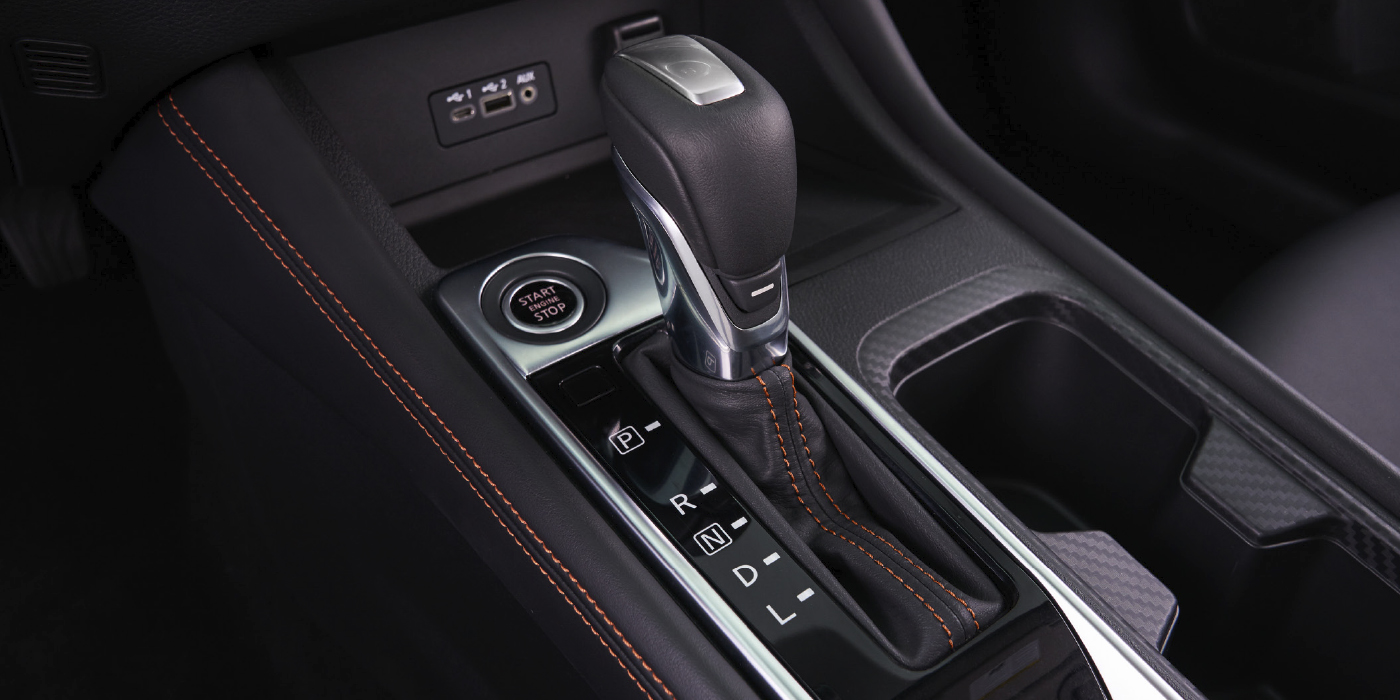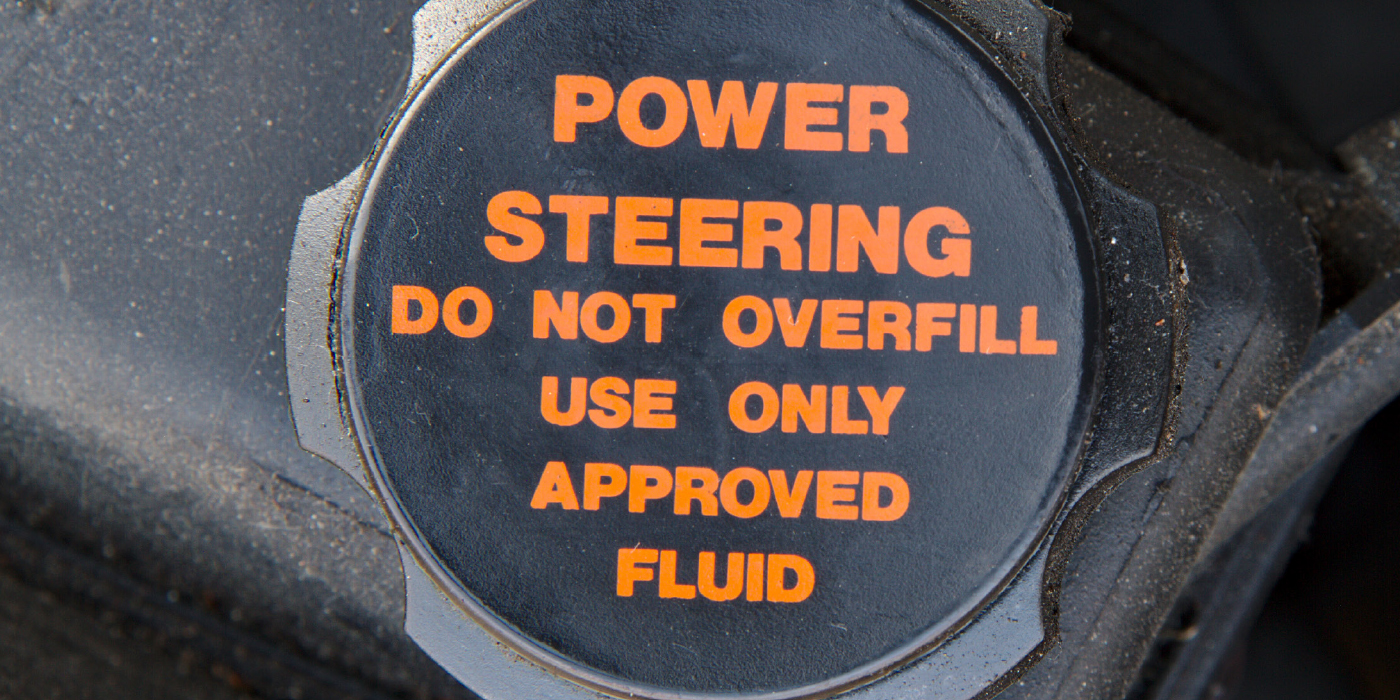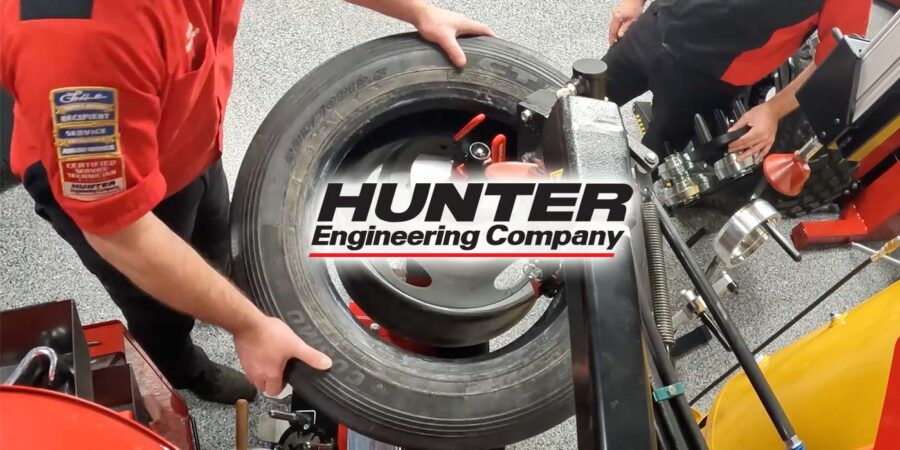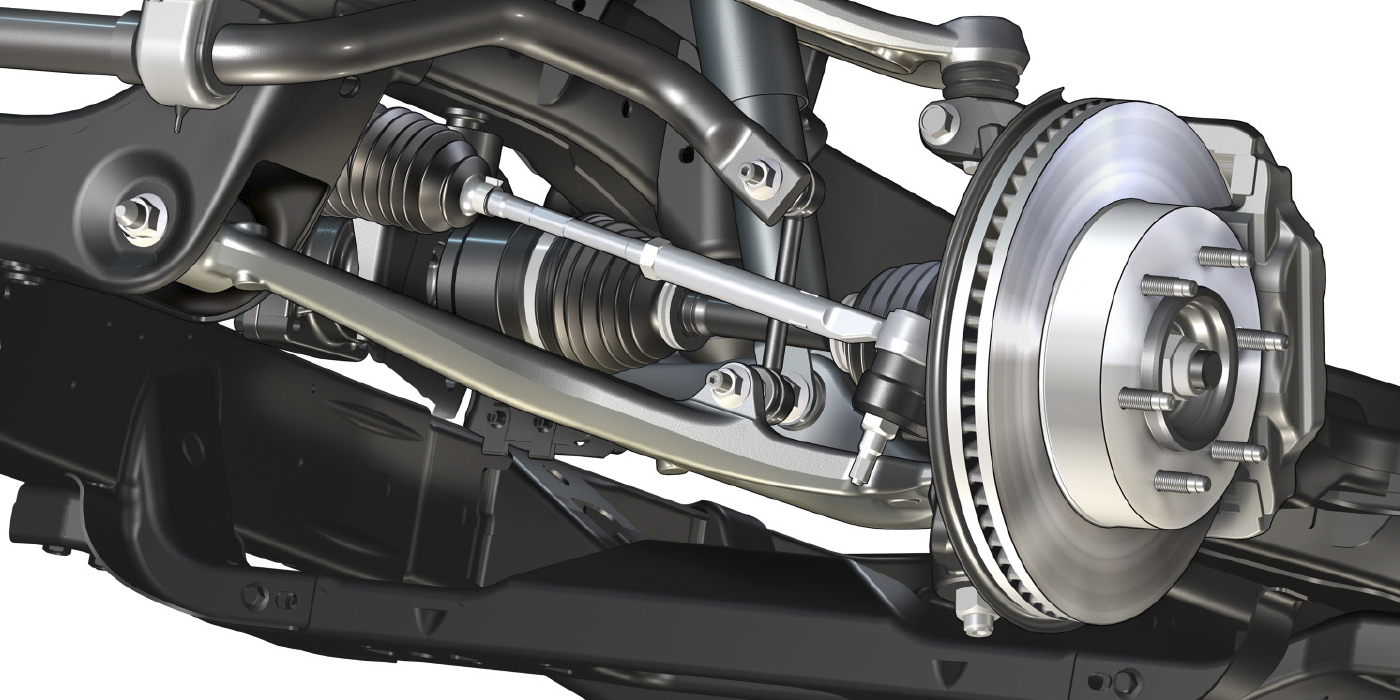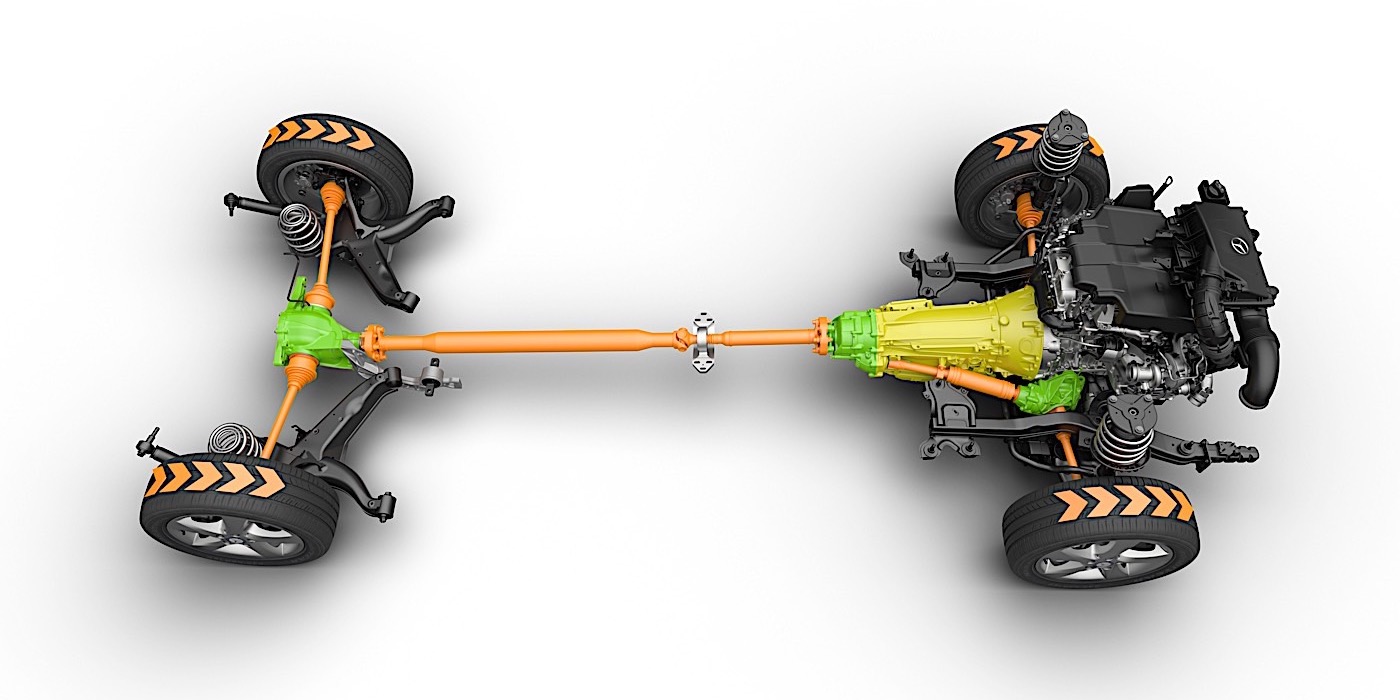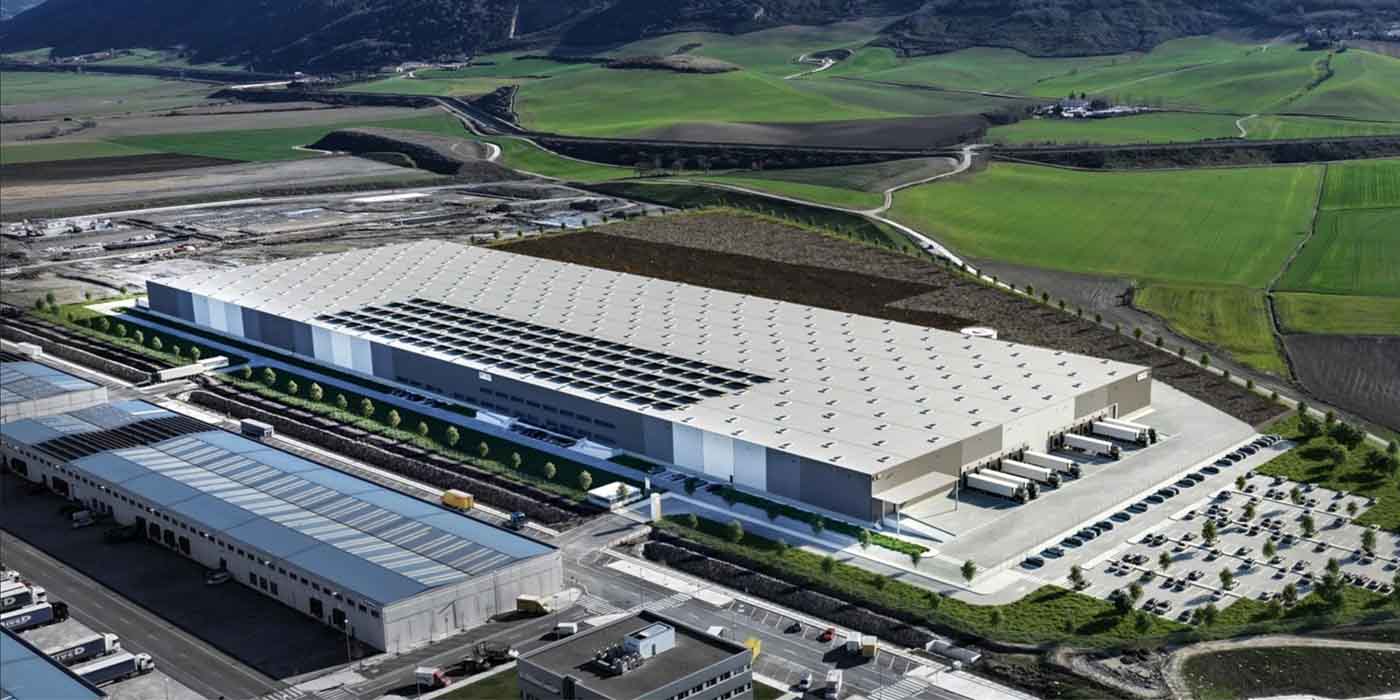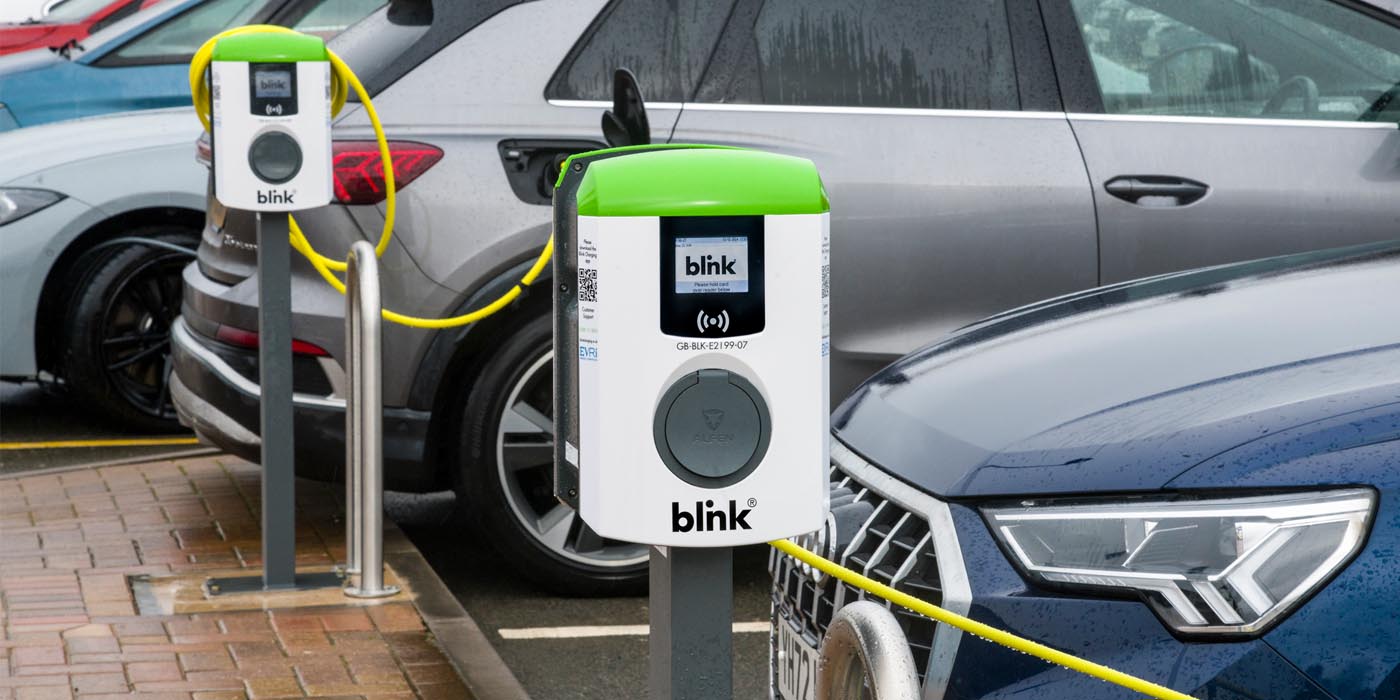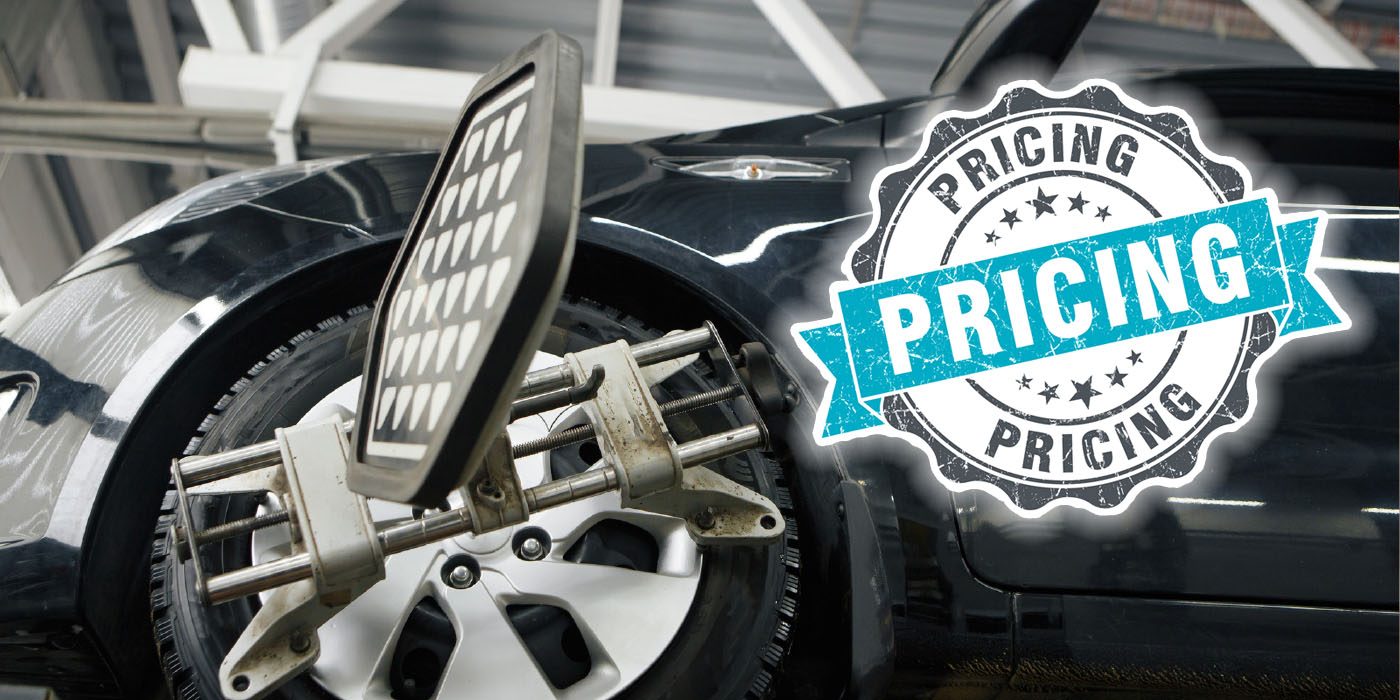By Keith Healy
Director of Undercar Programs
Mighty Auto Parts
Designing a brake pad to stop a vehicle is easy. Developing a brake pad that stops a vehicle effectively while operating quietly and delivering long life can be a challenge. Today’s driver expects noise-free performance and is less likely to overlook performance characteristics such as brake dust or service life. To accomplish this, brake friction engineers focus their efforts on minimizing Noise, Vibration and Harshness (NVH), the most common cause of poor brake performance. Although there are a variety of techniques used to control NVH, friction formulation has the greatest impact. By varying certain ingredients, engineers can modify a formula to better suit various vehicle applications. The key to understanding which type of formula performs best for a particular application is simplified by looking at original equipment (OE) recommendations. Today, there are three universally accepted “flavors” of friction formulations; semi-metallic, non-asbestos organic (NAO) and ceramic.
Semi-Metallic Friction Formulations
A semi-metallic brake pad consists of a lining that uses steel wool as a reinforcing fiber. Most semi-metallic friction materials contain at least 60% steel by weight. The steel fibers act as the framework to lock the friction ingredients together. Semi-metallic pads provide better high temperature performance and wear characteristics than conventional non-asbestos linings. Semi-metallic lining gained in popularity during the early 1980s with the introduction of the front-wheel drive passenger car. Typical braking characteristics on a FWD vehicle calls for approximately 80% of the braking to occur in front, meaning it is critical to install a pad that was stable at higher operating temperatures and pressures. Non-asbestos organic and ceramic pads were not designed for most of those vehicle applications and should not be substituted for vehicles originally equipped with semi-metallic pads.
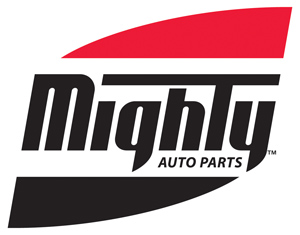
Non-Asbestos Organic Friction Formulations
Non-asbestos organic (NAO) brake pads consist of organic fibers that are used to reinforce the friction materials and provide strength to the brake pad. NAO friction material contains less than 20% steel by weight. NAO brake pads were designed to replace harmful asbestos linings and were popular on pre-FWD vehicles. Typically, this consisted of larger vehicles that shared more even braking between the front and rear brakes.
Ceramic Friction Formulations
Ceramic brake pads have gained in popularity over the past several years, but few realize that ceramic has been in use since the mid 1980s. Ceramic pads contain no steel fibers. Instead, this formulation uses ceramic and copper fibers to manage heat dissipation. When installed on originally equipped ceramic vehicles, ceramic pads have three primary advantages. First, ceramic fibers are stable under a wide range of temperatures, providing more consistent performance. Secondly, ceramic fibers minimize harmonic pad vibration, a leading cause of squeal, to reduce brake noise. Lastly, ceramic formulations are said to be less abrasive, which minimizes brake rotor wear, a primary cause of wheel dust. The best way to insure the benefits of using a ceramic pad is to follow original equipment (O.E.) recommendations.
What happens if a mis-matched brake lining is installed? Lining that is more aggressive than the O.E. material may cause the brakes to feel over-sensitive or “grabby.” A mis-match in friction material could also alter front-to-rear brake balance, increasing the risk of brake lock up on slick surfaces, especially if the more aggressive lining ends up on the back brakes. If the replacement linings are less aggressive than the original material, the vehicle may require increased pedal effort and take longer to stop, reducing a driver’s confidence in handling the vehicle.
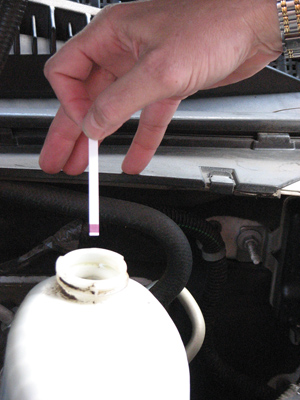 By examining the friction formulas used on original equipment, one can easily determine what type of friction lining will perform best on a specific vehicle application. Although there are exceptions that can be applied in “up-grading” a braking system i.e., severe duty pads on heavy use vehicles, the best approach is to follow the O.E. recommendation when installing replacement brakes.
By examining the friction formulas used on original equipment, one can easily determine what type of friction lining will perform best on a specific vehicle application. Although there are exceptions that can be applied in “up-grading” a braking system i.e., severe duty pads on heavy use vehicles, the best approach is to follow the O.E. recommendation when installing replacement brakes.
For information on Mighty Auto Parts, call (800) 829-3900 or visit www.mightyautoparts.com.

